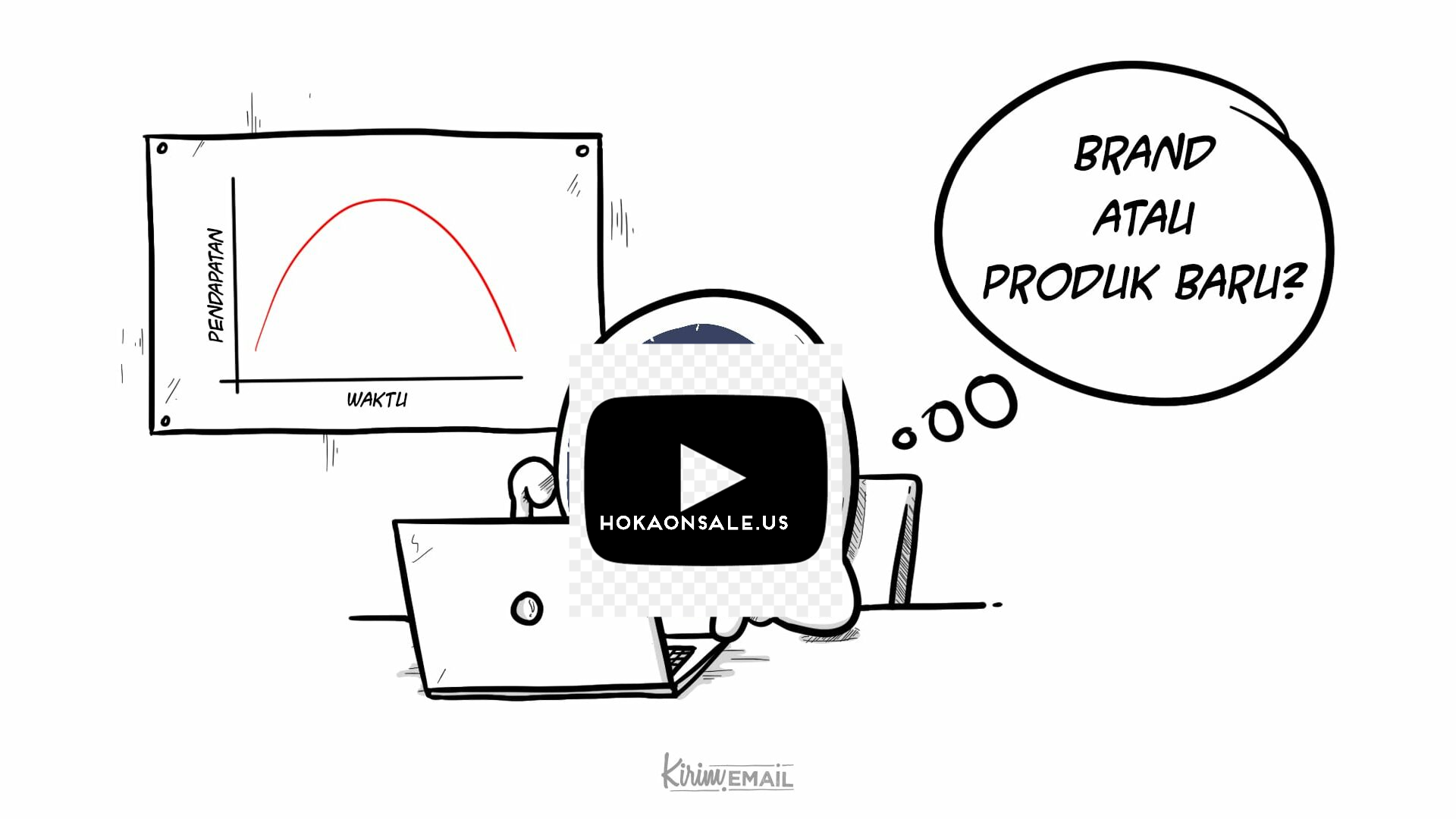
Unveiling the Business Models of Marketplace Sellers in Indonesia
Created on 12 July, 2024 • Scale Up Business • 139 views • 2 minutes read
In theory, business growth often appears smooth and linear in textbooks. However, in reality, business growth can be messy and unpredictable. For example, Amazon’s growth trajectory is quite unconventional.
Unveiling the Business Models of Marketplace Sellers in Indonesia
Table of Contents
- Real-World Business Growth
- The Inverted "U" Curve: Patterns of Marketplace Sellers
- Exiting the Inverted "U" Curve
- Thrilling Business Ventures
- Finding Peaceful Solutions
- Transitioning from Product Seller to Brand Owner
- Brand = Better Margins
- Which is Right?
- Easing the Transition
Real-World Business Growth
In theory, business growth often appears smooth and linear in textbooks. However, in reality, business growth can be messy and unpredictable. For example, Amazon’s growth trajectory is quite unconventional. Regardless, a healthy business will eventually find its way to grow, influenced by various factors like the owner's personality, business strategy, team, products, and market.
The Inverted "U" Curve: Patterns of Marketplace Sellers
Typically, when sellers start on a marketplace and find the right product, their growth is rapid. However, this growth often declines within a year, forming an inverted "U" curve. This happens because other sellers start copying the successful products, leading to price wars and decreased sales.
Exiting the Inverted "U" Curve
Some sellers escape this decline by continuously researching and switching products. This keeps them ahead in the game but also perpetuates the cycle. Speed and anonymity are crucial for success in this model, which is why many successful online store owners remain under the radar.
Thrilling Business Ventures
Many online store owners thrive on the excitement of fast-paced business cycles. They enjoy the constant product research, sales, and market targeting, driven by the adrenaline of high-speed business dynamics.
Finding Peaceful Solutions
On the flip side, some sellers seek stability. They exit the inverted "U" curve by building their own brand, aiming for long-term growth and avoiding the relentless price wars. Building a brand involves challenges but offers more sustainable growth if the brand gains acceptance.
Transitioning from Product Seller to Brand Owner
To smooth the transition to brand ownership, sellers leverage assets from their previous business activities, such as experienced teams, customer insights, and sales skills. They often start by offering their new branded products to existing customers, relying on their established reputation.
Brand = Better Margins
Building a brand helps sellers escape price wars and achieve higher margins, which translates to more profit. High margins can also attract resellers, enhancing the brand’s competitive edge.
Which is Right?
Choosing between the fast-paced thrill of marketplace selling and the stability of brand ownership depends on one’s current situation and business goals. Both paths offer unique advantages and challenges.
Easing the Transition
If you decide to transition from marketplace selling to brand ownership, tools like KIRIM.EMAIL can help transfer your database and set up your new brand.
CONCLUSION
The article explores the diverse business models of marketplace sellers in Indonesia, highlighting the challenges of sustaining growth and the strategies used to overcome them. Sellers often experience an inverted "U" growth curve, leading them to either continuously innovate with new products or build their own brand for more stable and profitable growth. The choice between these paths depends on the seller's preferences and business objectives.